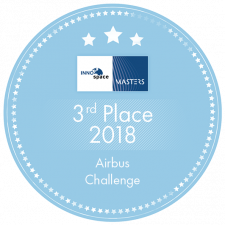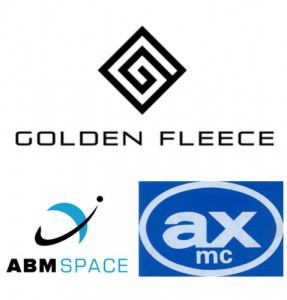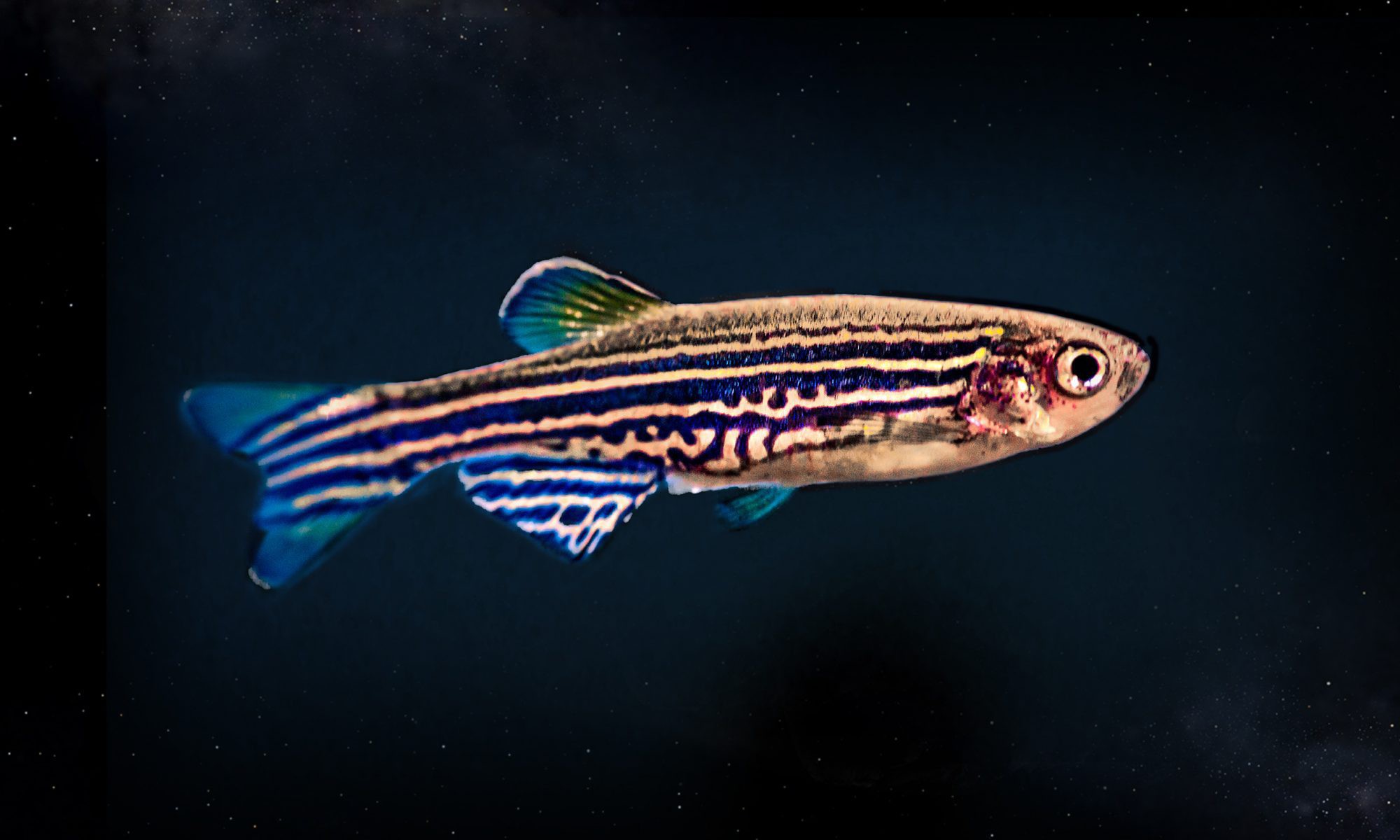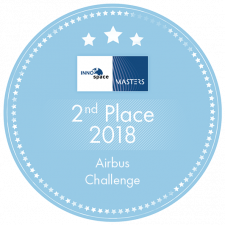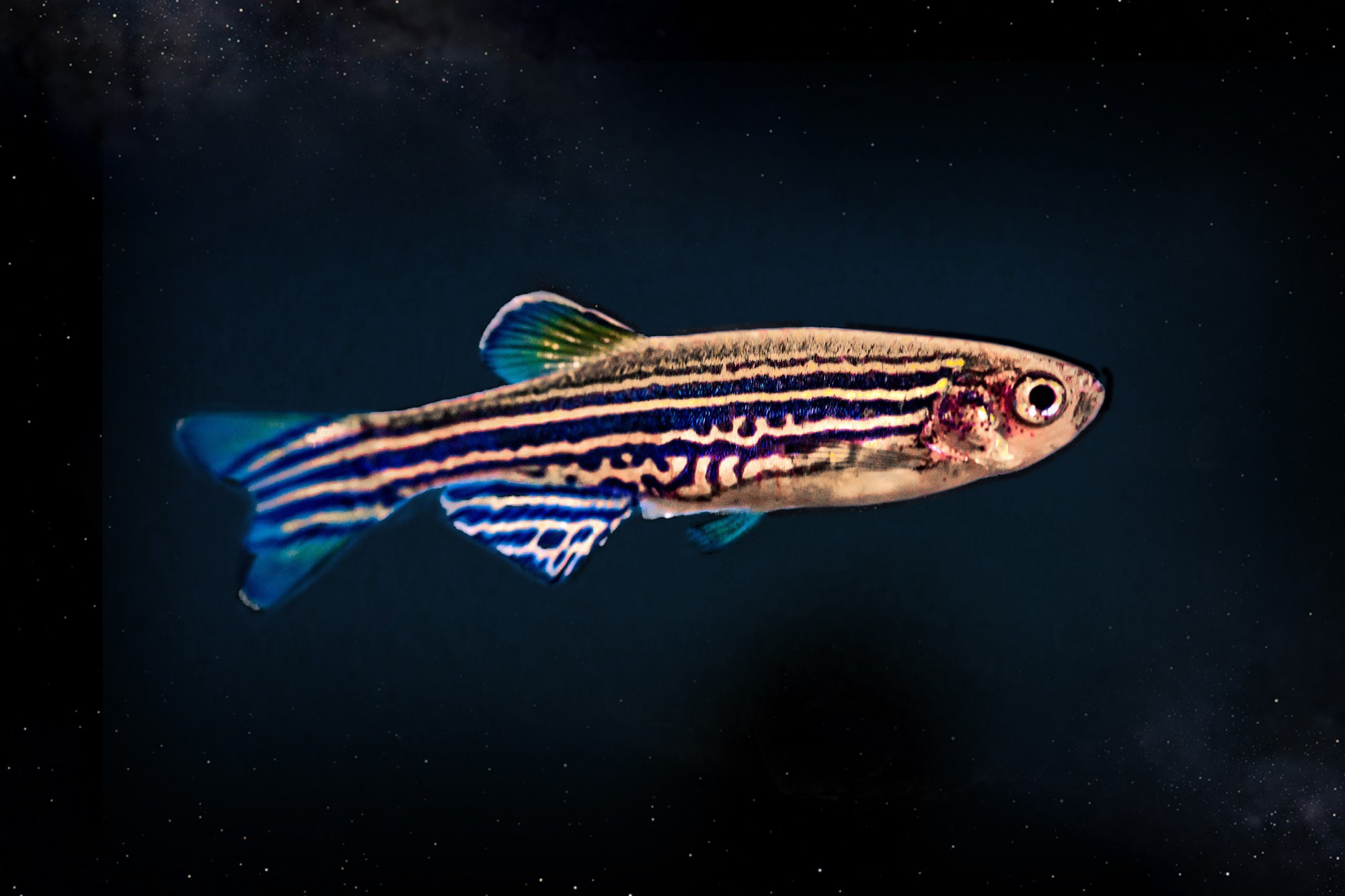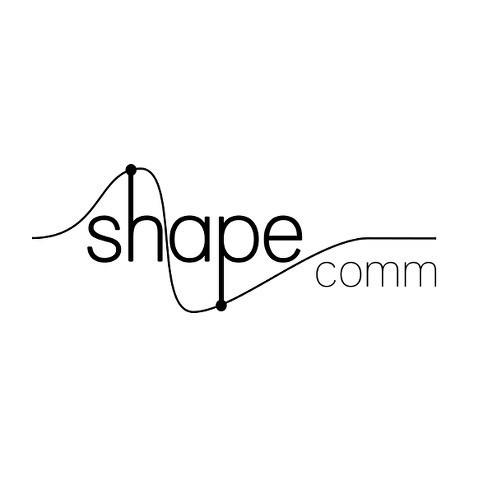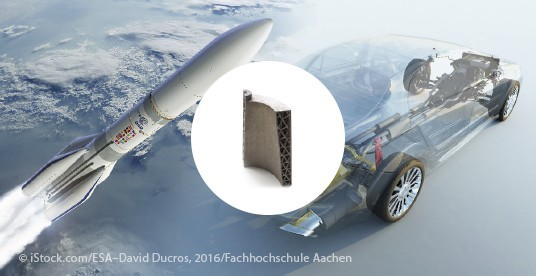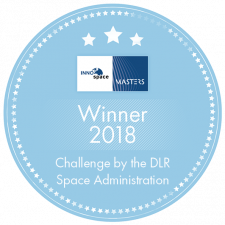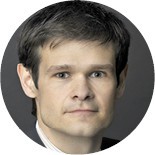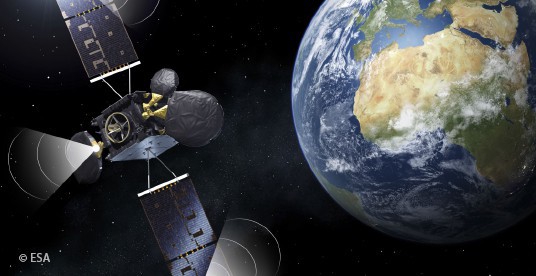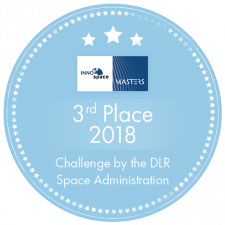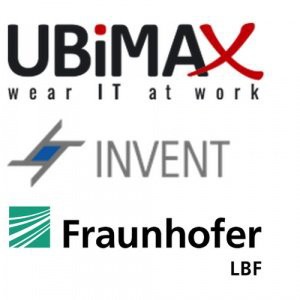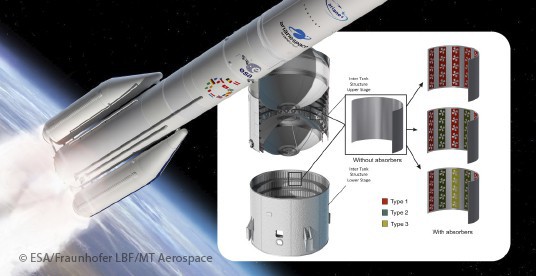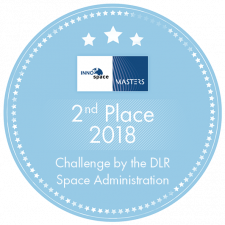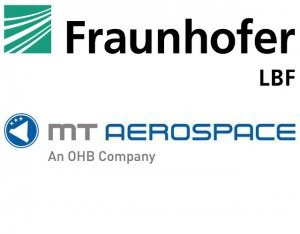Golden Fleece – In-Space Nanometal 2D Printing Demonstration
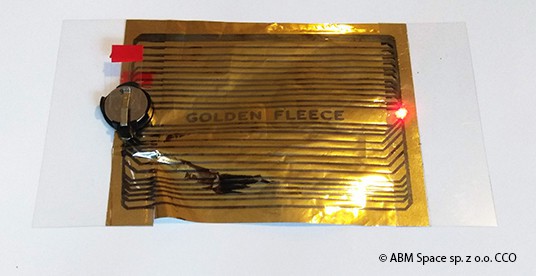
Golden Fleece is an intelligent solar sail concept used for spacecraft propulsion. ABM Space and AMEPOX Microelectronics developed a production process with a 2D-printing technology, allowing the solar sail to be covered with in-situ nanometal ink to place electronic circuits on the sail substrate. Nanometal has outstanding and diversified mechanical, thermal and electrical properties which can be used for various applications in the field of space materials. The development of this 2D-printing method will facilitate in-orbit production and utilisation of metals gained in the future, particularly in-situ from the Moon and asteroids. The technology enables flexible production in space, spare parts production from lightweight material and mass production from future in-situ resources.
Benefits
- Flexibility of electronics production in space
- Flexibility of production of lightweight structures in space
- Nanosilver as a biocide allows sterile structures and reductions in cleanroom costs
